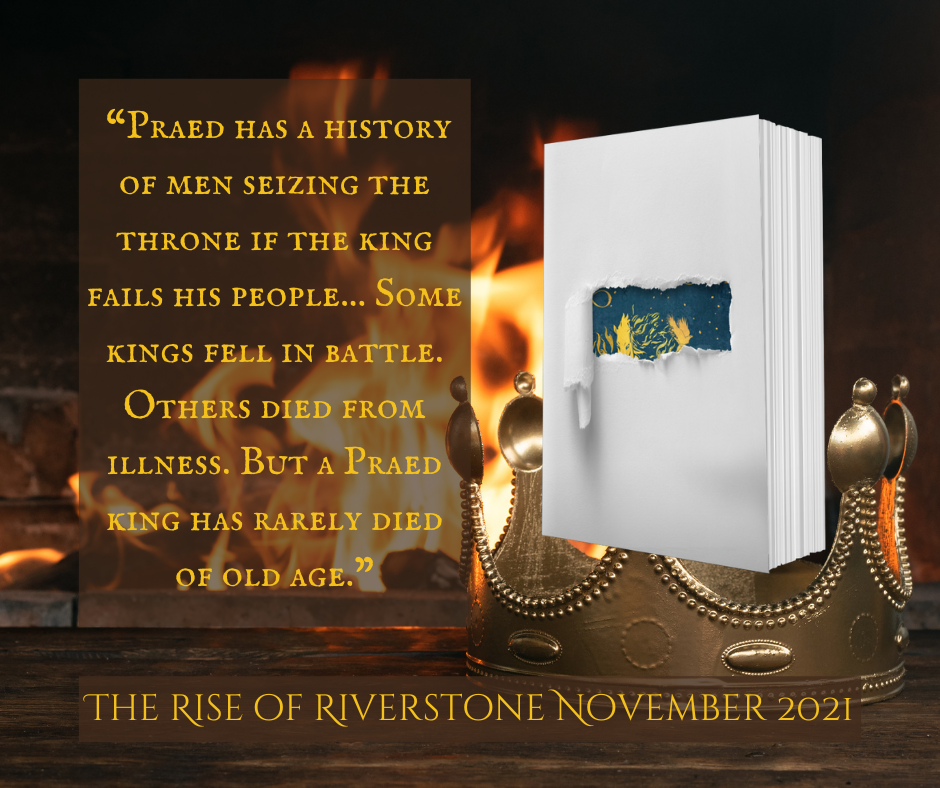While you’re waiting for beta readers and draft edits, there’s a lot that goes on peripherally. The funnest is the cover design. Research what you like, especially in your genre, and get an idea of the vibe of your book. Make a budget for what you want to spend on a designer. Reedsy offers several professional services including cover design. I’ve heard of some authors using Fiverr as well. Some authors design their own covers, but there’s a lot to consider–trim size, genre, file types, etc–that a professional cover designer will know.
I put a call out on a Facebook group with a description of my story and budget and found a fabulous designer, Violet Designs. Be involved in the process. There’s nothing more satisfying than working with an artist to realize a dream. It is also possible to purchase pre-made covers, often at lower prices.

In addition to researching designers, do a Google search for covers in your genre. You want it to look the part. A thriller cover will have a distinct vibe that separates it from historical fiction, so be sure your cover represents your genre and captures the attention of the right reader.
You also have to decide if you want to self publish or pursue traditional publishing. There are tons of resources and YouTubers dedicated to detailing this process, so I won’t go into that here. Needless to say, I chose to self-publish through KDP and Ingramspark. KDP is free and I used it for all my editing copies because file uploads are unlimited. Proof copies are easy to order for edits and formatting checks as well. We will be using KDP for Kindle and Amazon distribution while Ingramspark will be our platform for extended distribution. Book sellers and libraries will not purchase from Amazon, so if you want to see your book in the wild, Ingramspark and others like it are your best bet.
Work on formatting your interior throughout the editing process. I used Word while following the KDP guides, but I know there are other programs out there. Formatting is a bitch, but it makes your work look professional.
Finally, you gotta get people as pumped about your book as you are.
This means getting over your fear of social media.
I prefer the term socially inept
I hopped on the MySpace train right before it derailed and was late to Facebook. I am the last person to give advice on social media, but you really should consider it for promoting your book if you want people to notice. I started a Twitter account and have found an amazing community of authors. Post as often as you can, but be careful. Try not to be annoying about pushing your book on people. Make friends, follow people interested in the same genres, activities, etc. Make yourself relatable.

On that note, you need material to post. I primarily use Canva Pro but also have used Book Brush for this. You can design almost anything from media posts, merch, flyers, posters, book covers, and mock-ups. They’re easy to use and have access to thousands of stock images and videos. I’ve made dozens, and by the time the book launches, I’ll probably make dozens more.
A website is a great way for readers to find out more about the author and learn about your books, explore your world, and read your blog. Make it a platform for readers to get to know you AND buy your books. Many authors also run giveaways and special offers on their sites as well as sell merch.
I worked with my cover designer to create icons and logos based on my cover to use on my website. Some of the photos are ones I’ve taken and my maps and art are on display. Your website is an introduction to your work, so make it engaging.